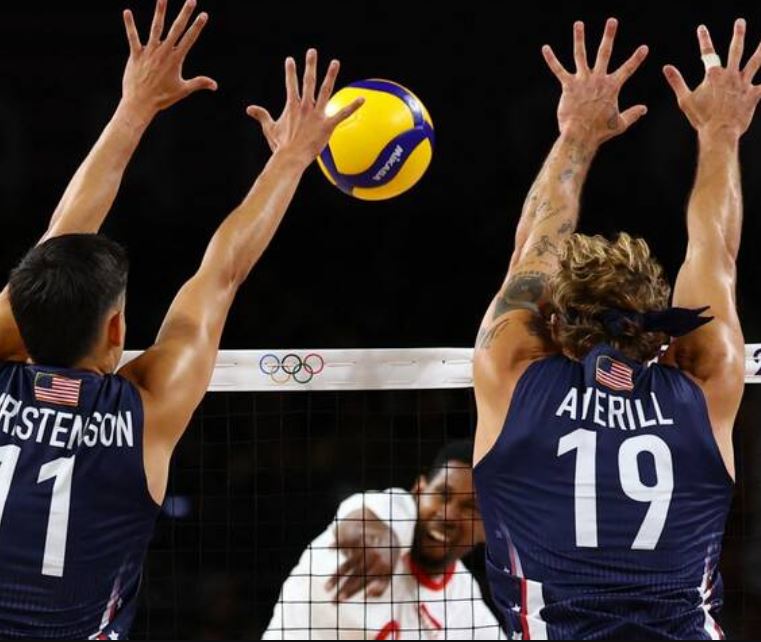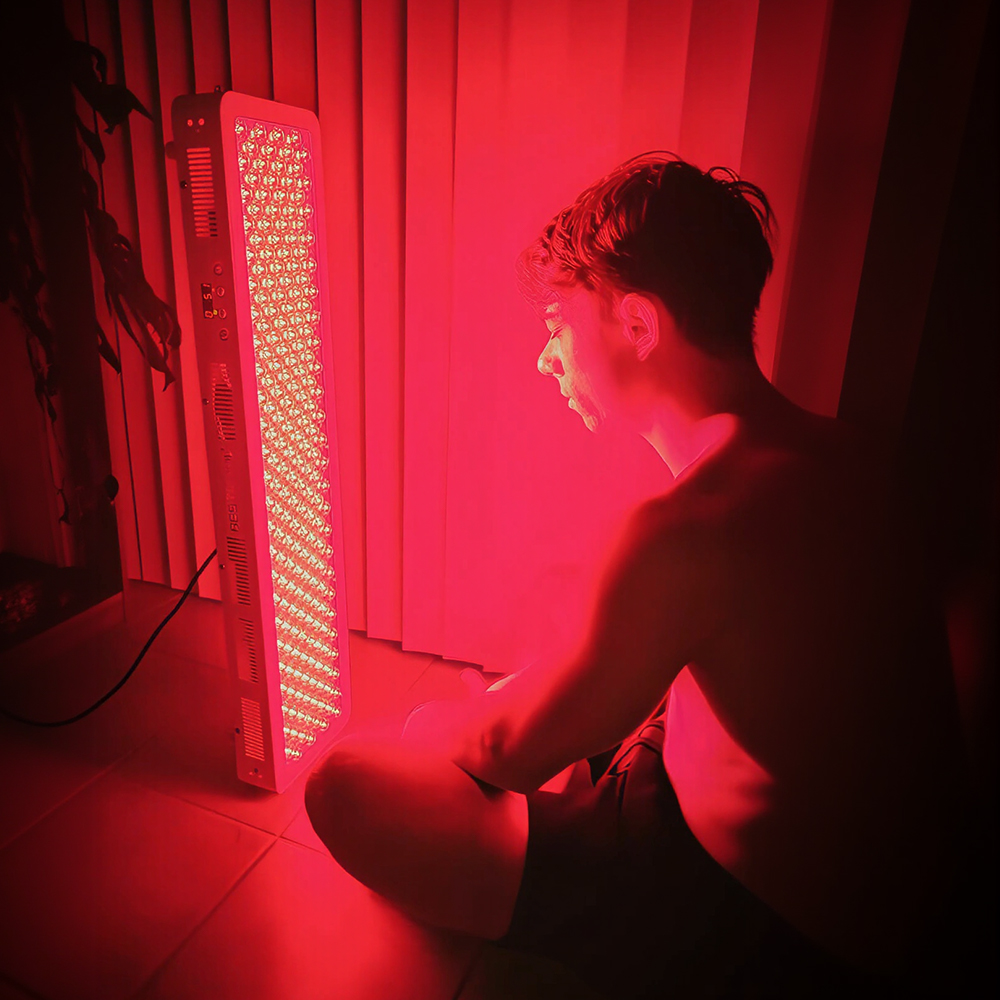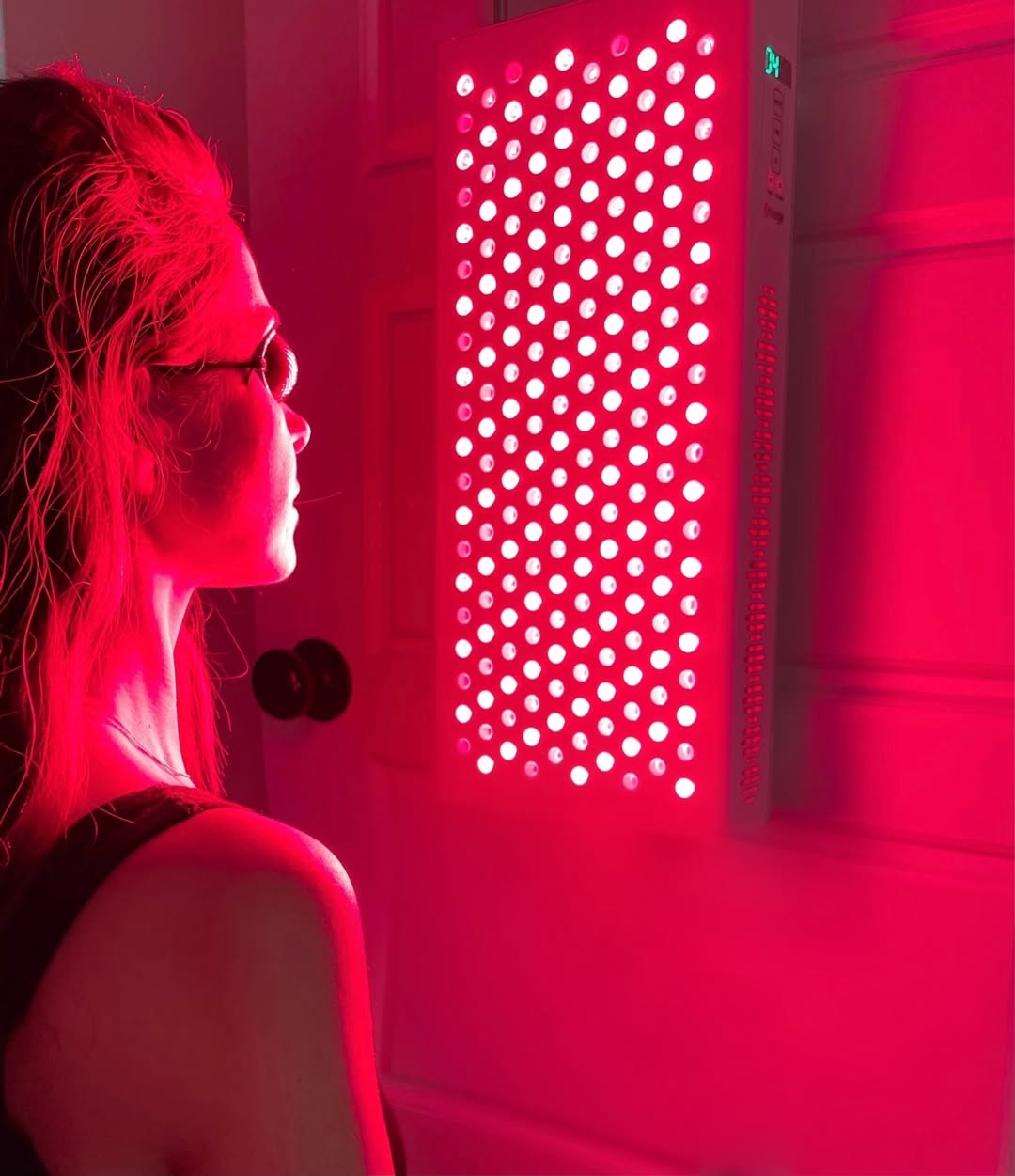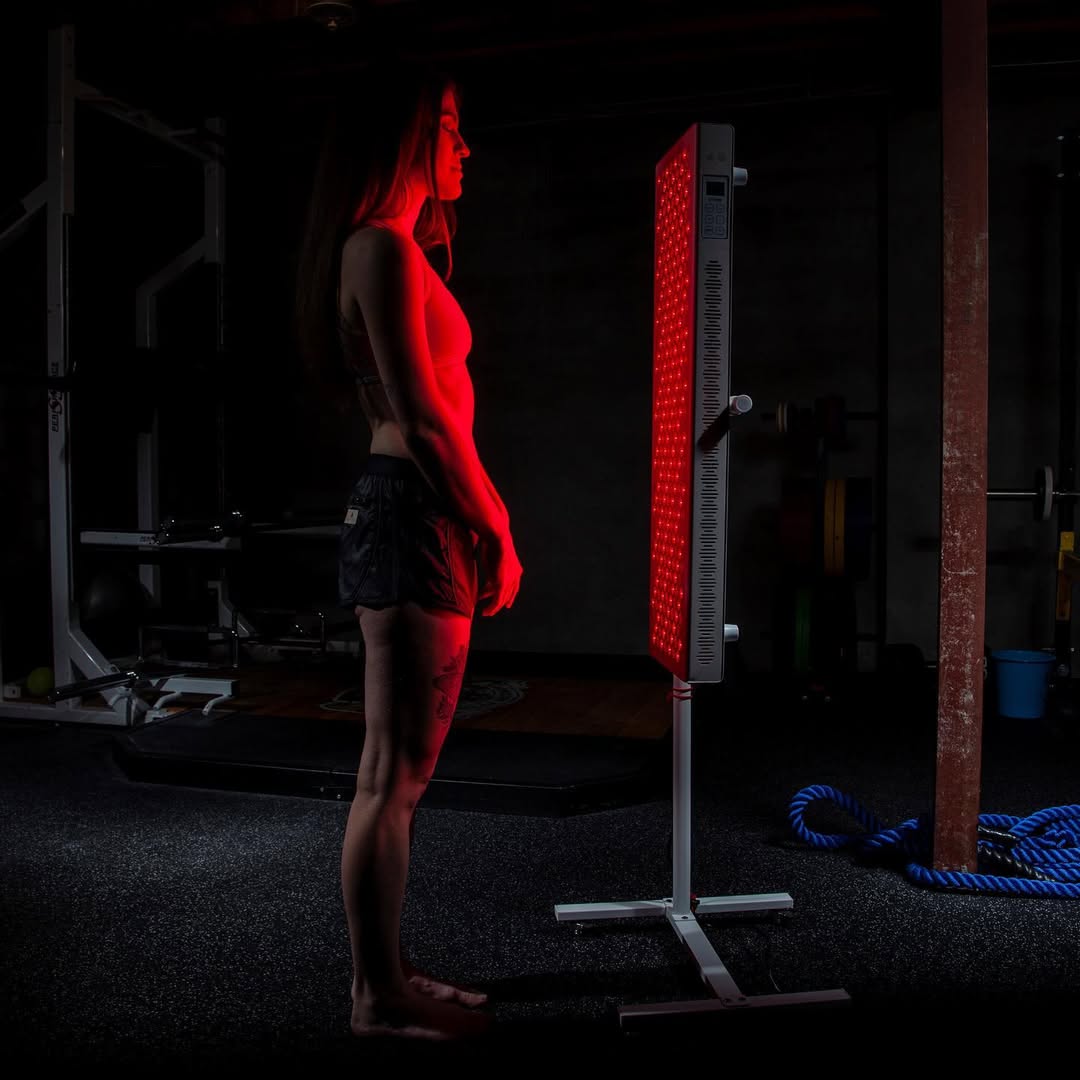![]() Free Shipping
Free Shipping ![]() Buy Now, Pay Later
Buy Now, Pay Later ![]() Eligible
Eligible
Is Red Light Therapy Effective for Improving Strength and Endurance in Volleyball?

Volleyball is a high-intensity sport that demands explosive strength, endurance, agility, and quick recovery. Athletes are constantly looking for innovative ways to enhance performance, reduce injuries, and speed up recovery. One emerging method gaining attention in sports science is red light therapy (RLT), also known as photobiomodulation (PBM).
But does red light therapy actually improve strength and endurance in volleyball players? Let’s dive into the science, benefits, and real-world applications of RLT for volleyball performance.
What Is Red Light Therapy?
Red light therapy involves exposing the body to low-wavelength red and near-infrared (NIR) light. Unlike harmful UV rays, these wavelengths penetrate the skin without causing damage, stimulating cellular energy production (ATP) in the mitochondria. This process enhances cellular repair, reduces inflammation, and boosts circulation—key factors for athletic performance.
RLT is used in various forms, including:
- Handheld devices for targeted treatment
- Full-body panels for systemic benefits
- Wearable gear (like knee or shoulder wraps) for localized recovery
How Can Red Light Therapy Benefit Volleyball Players?
1. Enhances Muscle Strength and Power
Volleyball requires explosive jumps (like spikes and blocks) and rapid directional changes. Studies suggest that RLT can improve muscle strength and power output by:
- Increasing ATP production, leading to better muscle contractions.
- Reducing oxidative stress, allowing muscles to perform at peak levels for longer.
- Boosting nitric oxide release, improving blood flow and oxygen delivery to muscles.
A 2016 study published in Lasers in Medical Science found that athletes who used red light therapy before resistance training saw greater strength gains compared to a placebo group. For volleyball players, this could translate to higher vertical jumps and stronger hits.
2. Speeds Up Recovery and Reduces Fatigue
Volleyball tournaments often involve multiple matches in a single day, leading to muscle fatigue and soreness. RLT has been shown to:
- Decrease muscle damage markers (like creatine kinase) post-exercise.
- Lower inflammation, reducing delayed onset muscle soreness (DOMS).
- Accelerate tissue repair, helping players recover faster between games.
A 2020 study in Frontiers in Physiology reported that athletes using red light therapy recovered faster and had less muscle fatigue than those who didn’t. For volleyball players, this means more energy in crucial late-game moments.
3. Improves Endurance and Stamina
Endurance is critical in volleyball, especially in long rallies and multi-set matches. RLT may enhance endurance by:
- Improving mitochondrial efficiency, allowing muscles to sustain energy longer.
- Reducing lactic acid buildup, delaying fatigue.
- Enhancing oxygen utilization, helping players maintain peak performance.
Research in the Journal of Athletic Enhancement (2019) found that cyclists using pre-workout red light therapy had increased time to exhaustion—suggesting similar benefits could apply to volleyball players needing sustained energy.
4. Supports Injury Prevention and Healing
Volleyball players are prone to shoulder, knee, and ankle injuries due to repetitive jumps and dives. RLT can help by:
- Promoting collagen production, strengthening tendons and ligaments.
- Reducing joint inflammation, aiding in injury recovery.
- Enhancing circulation, speeding up healing of sprains and strains.
A 2018 study in The American Journal of Sports Medicine found that RLT reduced recovery time for athletes with tendon injuries—critical for volleyball players dealing with conditions like jumper’s knee (patellar tendinitis).
How Should Volleyball Players Use Red Light Therapy?
To maximize benefits, athletes can incorporate RLT in two ways:
1. Pre-Game/Training Application (Performance Boost)
- 5-20 minutes before exercise to enhance muscle activation and endurance.
- Target key areas: legs (for jumps), shoulders (for serves/spikes), and core (for stability).
2. Post-Game/Recovery Application (Faster Healing)
- 10-20 minutes post-exercise to reduce soreness and inflammation.
- Focus on overworked muscles: quads, calves, rotator cuffs.
Many professional teams now use portable red light devices in locker rooms for quick recovery between matches.
Real-World Success: Are Pro Volleyball Players Using RLT?
While research is still growing, some elite athletes and teams have adopted RLT, including:
- Olympic volleyball players using light therapy for recovery.
- Pro beach volleyball athletes incorporating wearable RLT devices during tournaments.
- College teams utilizing full-body panels to reduce downtime.
Though not yet mainstream, the trend suggests growing recognition of RLT’s benefits in high-performance volleyball.
VELLGUS Elite V2
THE #1 RATED RED LIGHT DEVICE
VELLGUS pro V2
THE #1 RATED FULL BODY RED LIGHT DEVICE
Final Verdict: Should Volleyball Players Try Red Light Therapy?
The evidence suggests that red light therapy can be a valuable tool for volleyball players looking to:
✅ Increase strength and power (higher jumps, stronger spikes)
✅ Boost endurance (longer rallies, less fatigue)
✅ Speed up recovery (frequent matches, less soreness)
✅ Prevent and heal injuries (healthier joints, quicker return to play)
While it shouldn’t replace traditional training, nutrition, or physiotherapy, RLT is a promising supplemental therapy that could give players a competitive edge.
Next Steps for Athletes
If you’re a volleyball player interested in RLT:
- Try a reputable device (FDA-cleared options like Joovv, Mito Red Light, or Rouge).
- Experiment with timing (pre-workout for performance, post-workout for recovery).
- Track your results—monitor jump height, endurance, and recovery times.
As science continues to explore photobiomodulation, red light therapy may soon become a standard part of volleyball training regimens worldwide.








